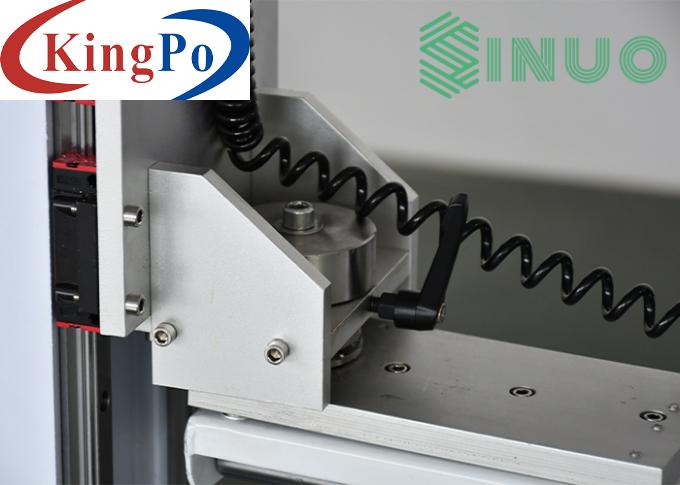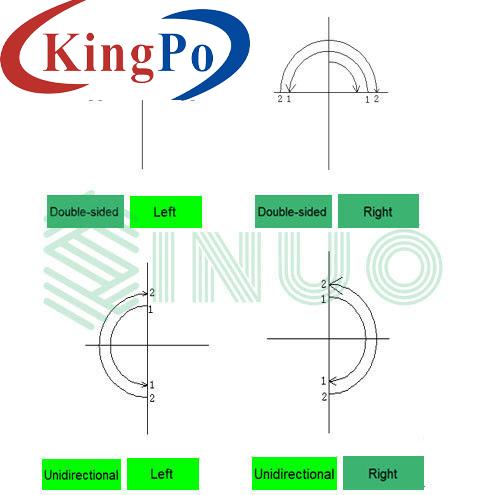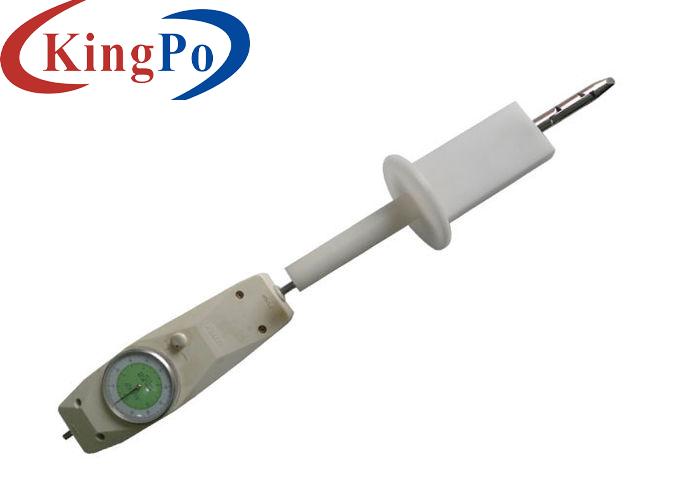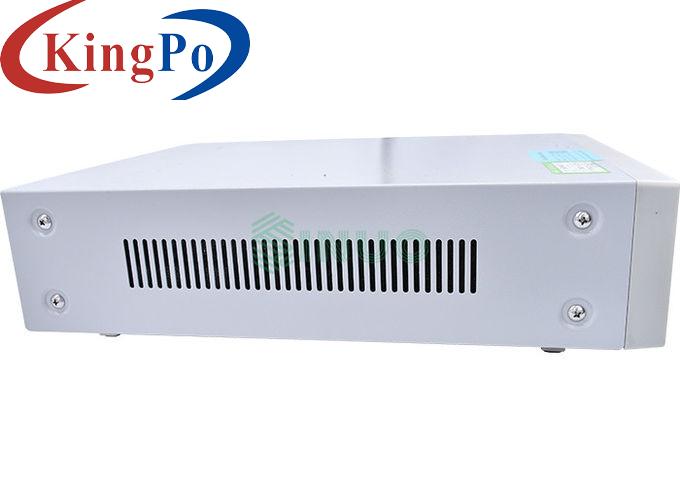Products

Household Testing Mechanical Vertical Impact Test Apparatus IEC60068-2
Products Description
IEC60068-2 Household Testing Mechanical Vertical Impact Test Apparatus
Product Introduction For Mechanical Vertical Impact Test Apparatus:
The IK07-IK10 Mechanical Vertical Impact Test Apparatus is designed and manufactured according to the standard requirements of IEC60068-2-75, IEC60598-1, IEC62262 and etc.
It is used for the impact resistance test of the enclosures of household and similar electronic and electrical products and their accessories, luminaires, etc., to assess the safety performance and strength level of the products.
Technical Parameters For Mechanical Vertical Impact Test Apparatus:
Striking Elements
(Equivalent Mass)
Table 1 Height of Fall:
The principle is that the striking element is free released at a certain height through a 1 m pendulum tube, impact the specimen at the lowest point in the vertical direction, after the conversion of gravitational potential energy to kinetic energy, to achieve the purpose of impact test on the sample.
Energy / J
2J, 5J, 10J, 20J
500 g,1.7 kg, 5 kg, 5 kg, please refer to the following table 1
Conduit
Each striking element is equipped with a dedicated conduit, the length of conduit is related to the height of fall, please refer to table 1
Impact Point
The device has X and Y axis guides to move the release device over the entire bottom area
Height of Impact Point
0-1000mm, electric adjustable
Height of Fall
Please refer to table 1, fixed by the conduit
Release Method
Electromagnet release
Bottom Plate
Nylon base plate thickness 8mm, hardnessHRR85-100,1000m×1000m
Equipment Dimensions
Approx. 1230mm (L)x1080mm(W)x1780mm(H)
Equipment Weight
Approx. 200KG
Energy /J
0.14
0.2
(0.3)
0.35
(0.4)
0.5
0.7
1
2
5
10
20
50
Equivalent Mass /kg
0.25
(0.2)
0.25
(0.2)
0.25
(0.2)
(0.2)
0.25
0.25
0.25
0.5
1.7
5
5
10
Height of Fall ±1%mm
56
(100)
80
(150)
140
(200)
(250)
200
280
400
400
300
200
400
500
Note 1, see note 3.2.2; Note 2, the energy unit of this part of the joule (J) is derived from the standard gravity acceleration (g), the whole value of g round: 10m / s2.





